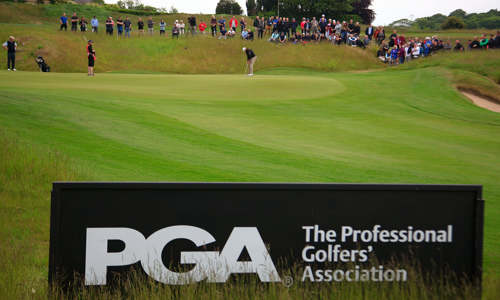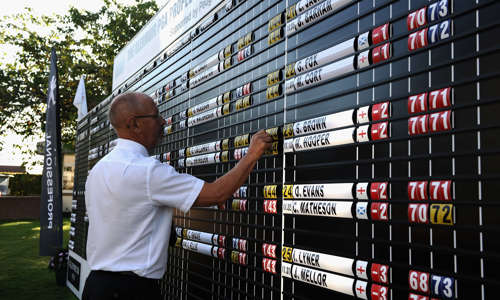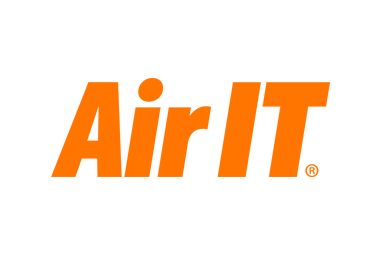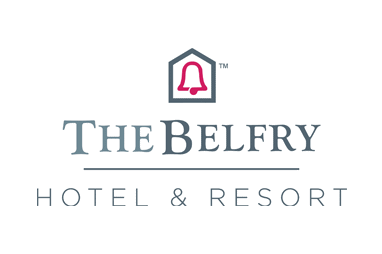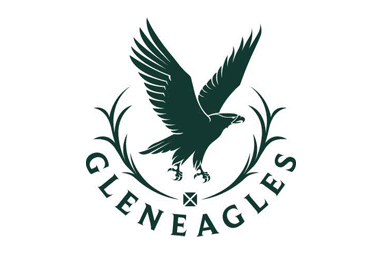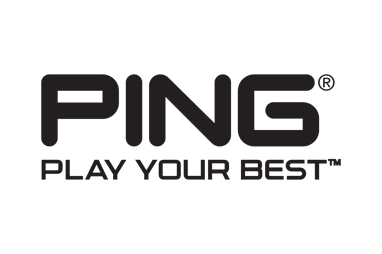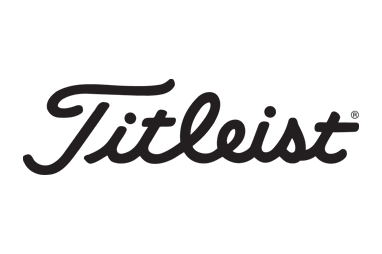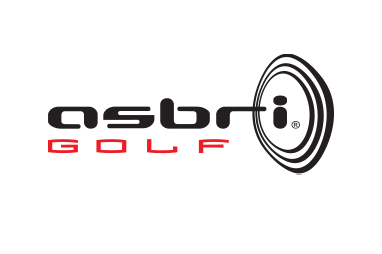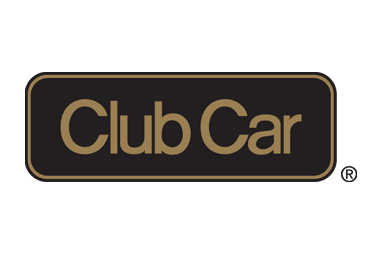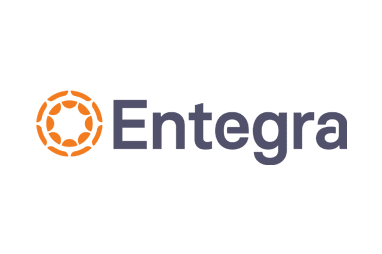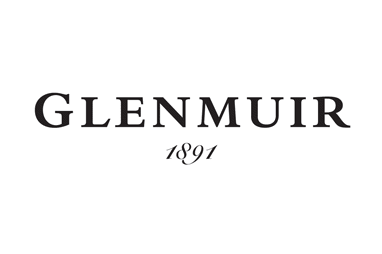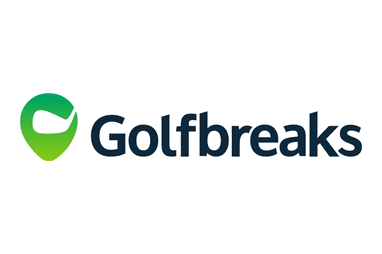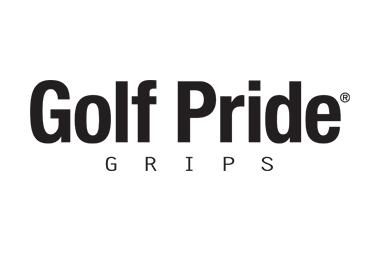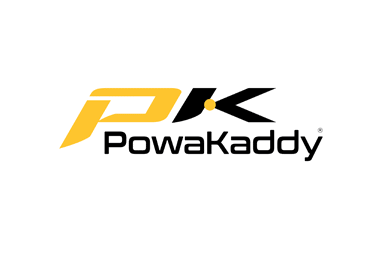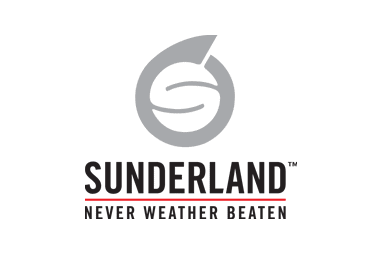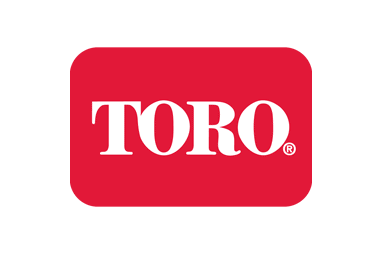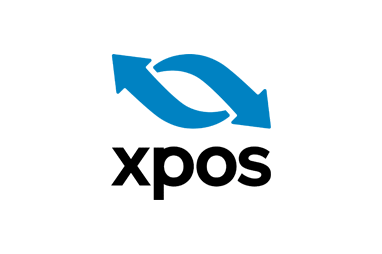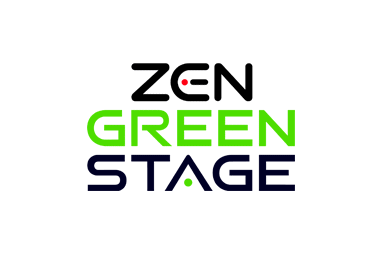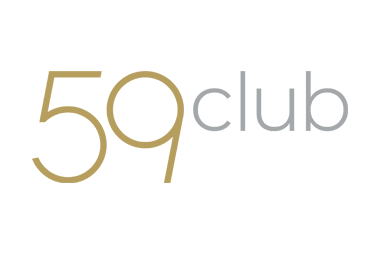While many driving ranges have rushed to install cutting-edge technology, Long decided to take an alternative approach. Before making any decisions, he conducted a survey in February 2023, asking 100 customers if they wanted technology in the bays. “I just kept it dead simple,” he explained. “Would you like some form of technology in our bays?” The responses were revealing:
- 22% said yes
- 43% said they weren’t bothered either way
- 35% said no
When customers were asked if they’d prefer tech with a price increase or improvements on the existing setup at current pricing, “88% said we would prefer you basically doing what you’re doing and keeping the pricing competitive,” Long recalled.
“People were going, ‘Yeah, it’d be quite nice if you had it, Chris, but I don’t really want to pay a premium for it.’ The most interesting one was, ‘Yes, it’d be nice, but I wouldn’t want to use it all the time, so therefore I don’t want to pay for it.’”
Rather than chase trends, Long has focused on improving what every golfer interacts with: the balls, mats, bays, and outfield. “What are you hitting? A golf ball. What are you hitting it off? A mat. Where are you hitting it from? A bay. And what are you hitting it to? An outfield. Now, they’re never going to change those variables,” he said.




